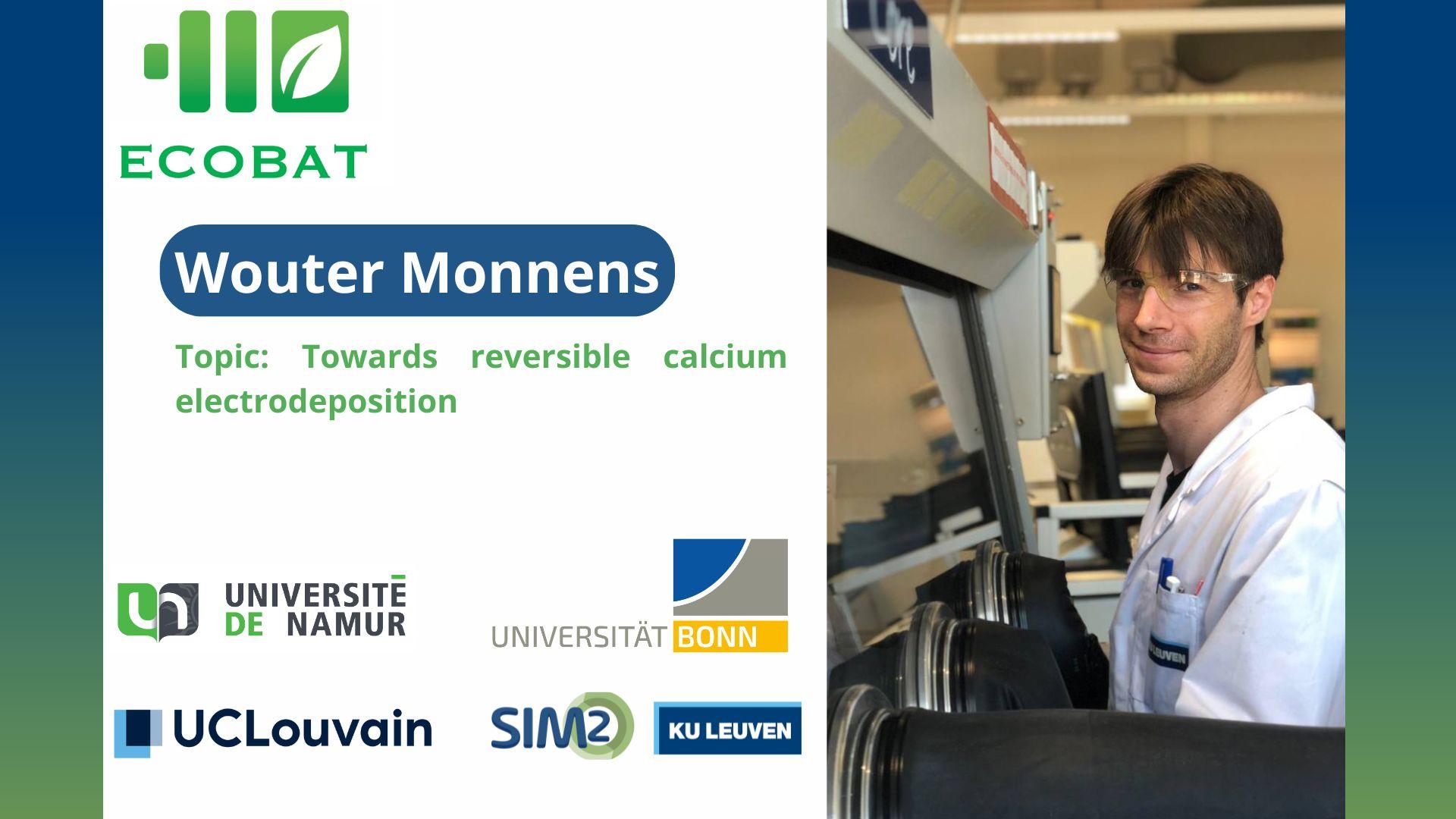“I am among those who think that science has great beauty.”
According to the analysis of senior university staff in Europe, men are three times more likely than women to reach senior levels. However, the participation of women in science and technology can and has contributed to increasing innovation, quality and competitiveness of scientific and industrial research and needs to be promoted.1 One of the brightest and most inspiring people, who pushed the borders of the existing science was Marie Skłodowska-Curie, the first woman to be awarded the Nobel prize and the only person who has ever won Nobel Prizes in both physics and chemistry. She discovered two new chemical elements – radium and polonium and carried out the first research into the treatment of tumours with radiation.2
Marie Skłodowska-Curie was born in 1867 in Warsaw, Poland.3 Since within her childhood, Marie was recognised for her remarkable prodigious memory and she graduated in 1883 from high school with a gold medal as the top student. However, her father did not have the possibility to financially support her idea to go to university and moreover higher education was not available for girls in Poland. Therefore, she took work as a teacher and from her earnings, she helped her sister Bronia to complete her medical studies in Paris. In 1891, Marie followed her sister to Paris where she studied chemistry, mathematics and physics at the Sorbonne, Paris’s most prestigious university. One of the challenges she faced was, of course, learning French, since the courses were taught in French.2 Almost two years later, Marie finished as the top student in master’s physics degree course. Being extremely curious and willing to always study, in 1884 she also obtained a master’s degree in chemistry. Then she attempted to find a job in Poland, but again as being a woman she could not get a position at the university. Therefore, she decided to return to Paris and begin a PhD in physics.
“Unknown in Paris, I was lost in the great city, but the feeling of living there alone, taking care of myself without any aid, did not at all depress me. If sometimes I felt lonesome, my usual state of mind was one of calm and great moral satisfaction.”
In 1895 (aged 28) she married Pierre Curie, who had been completed a PhD in physics and had become a professor. During her PhD, Marie began to investigate uranium as a new and exciting area to work in. Marie and Pierre discovered polonium, which was named after Marie’s homeland. In 1903, Marie completed her PhD and, in the same year, she was awarded the Nobel Prize in Physics. She shared the prize with Pierre Curie and Henri Becquerel. The births of Marie’s two daughters, Irene and Eve, in 1897 and 1904 did not interrupt her scientific work.
After the death of her husband Pierre Curie in 1906, she had become the Chair of Physics at the Sorbonne and after so many years, she became the first female professor at the University of Paris.
“I have frequently been questioned, especially by women, of how I could reconcile family life with a scientific career. Well, it has not been easy.”
In 1911, she was awarded the Nobel Prize for Chemistry for the discovery of the elements radium and polonium, the isolation of radium and the study its nature and compounds.
During World War 1, Marie set up radiology medical units near battle lines to allow X-rays to be taken of wounded soldiers.
“We must not forget that when radium was discovered no one knew that it would prove useful in hospitals. The work was one of pure science. And this is a proof that scientific work must not be considered from the point of view of the direct usefulness of it. It must be done for itself, for the beauty of science, and then there is always the chance that a scientific discovery may become like the radium a benefit for humanity.”
She travelled widely to talk about science. In addition, she had the satisfaction of seeing the development of the Curie Foundation in Paris and the inauguration in 1932 in Warsaw of the Radium Institute, where her sister Bronia became the director.4
Marie died aged 66 of leukaemia, most likely developed from the radioactivity she had been exposed to during her career. Even her books and papers are so radioactive that they are now stored in lead boxes.
Today, Marie Skłodowska-Curie actions (MSCA) support researchers at all stages of their careers, irrespective of nationality. The fellowship program – first named Marie Curie Actions – was created by the European Union/European Commission to support research and to reveal new pathways for many brilliant minds who are passionate about science.
“After all, science is essentially international, and it is only through lack of the historical sense that national qualities have been attributed to it.”
- https://ec.europa.eu/research/swafs/pdf/pub_gender_equality/mapping-the-maze-getting-more-women-to-the-top-in-research_en.pdf
- https://www.famousscientists.org/marie-curie/
- http://www.thefamouspeople.com/profiles/marie-sk322odowska-curie-2258.php#AFF43lAHgGJqg4rh.99
- http://www.ielts-mentor.com/reading-sample/academic-reading/650-ielts-academic-reading-sample-57-the-life-work-of-marie-curie
This article appeared first on www.etn.redmud.org website.






